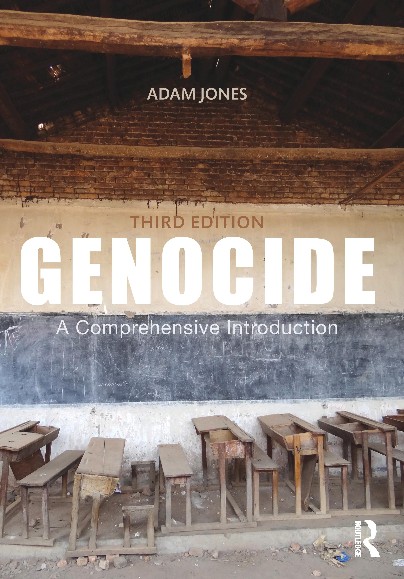 |
| "Smoke rises as people look on in Meikhtila on March 21, 2013, when 25 Muslims were killed in a massacre led by Buddhist monks." (Soe Zeya Tun/Reuters) |
by Jason Szep
The Globe and Mail, April 10, 2013
"The Buddhist monk grabbed a young Muslim girl and put a knife to her neck. 'If you follow us, I'll kill her,' the monk taunted police, according to a witness, as a Buddhist mob armed with machetes and swords chased nearly 100 Muslims in this city in central Myanmar. It was Thursday, March 21. Within hours, up to 25 Muslims had been killed. The Buddhist mob dragged their bloodied bodies up a hill in a neighbourhood called Mingalarzay Yone and set the corpses on fire. Some were found butchered in a reedy swamp. A Reuters cameraman saw the charred remains of two children, aged 10 or younger. Ethnic hatred has been unleashed in Myanmar since 49 years of military rule ended in March 2011. And it is spreading, threatening the country's historic democratic transition. Signs have emerged of ethnic cleansing, and of impunity for those inciting it. Over four days, at least 43 people were killed in this dusty city of 100,000, just 128 kilometres north of the capital of Naypyitaw. Nearly 13,000 people, mostly Muslims, were driven from their homes and businesses. The bloodshed here was followed by Buddhist-led mob violence in at least 14 other villages in Myanmar's central heartlands and put the Muslim minority on edge across one of Asia's most ethnically diverse countries. An examination of the riots, based on interviews with more than 30 witnesses, reveals the dawn massacre of 25 Muslims in Meikhtila was led by Buddhist monks -- often held up as icons of democracy in Myanmar. The killings took place in plain view of police, with no intervention by the local or central government. Graffiti scrawled on one wall called for a 'Muslim extermination.' Unrest that ensued in other towns, just a few hours’ drive from the commercial capital of Rangoon, was well-organized, abetted at times by police turning a blind eye. Even after the March 21 killings, the chief minister for the region did little to stop rioting that raged three more days. He effectively ceded control of the city to radical Buddhist monks who blocked fire trucks, intimidated rescue workers and led rampages that gutted whole neighbourhoods.
Not all of the culprits were Buddhists. They may have started the riots, but the first man to die was a monk slain by Muslims. Still, the Meikhtila massacre fits a pattern of Buddhist-organized violence and government inaction detailed by Reuters in western Myanmar last year. This time, the bloodshed struck a strategic city in the very heart of the country, raising questions over whether reformist President Thein Sein has full control over security forces as Myanmar undergoes its most dramatic changes since a coup in 1962. In a majority-Buddhist country known as the 'Golden Land' for its glittering pagodas, the unrest lays bare an often hidden truth: Monks have played a central role in anti-Muslim unrest over the past decade. Although 42 people have been arrested in connection to the violence, monks continue to preach a fast-growing Buddhist nationalist movement known as '969' that is fuelling much of the trouble. The failure of Nobel Peace Prize-winner Aung San Suu Kyi, now opposition leader in parliament, to defuse the tension further undermines her image as a unifying moral force. Ms. Suu Kyi, a devout Buddhist, has said little, beyond warning that the violence could spread if not dealt with by rule of law. Ms. Suu Kyi declined to be interviewed for this story. [...]"














No comments:
Post a Comment
Please be constructive in your comments. - AJ